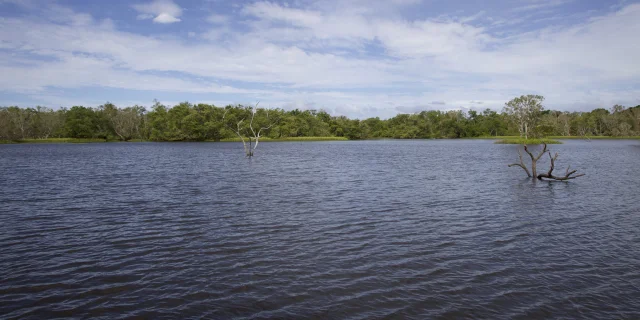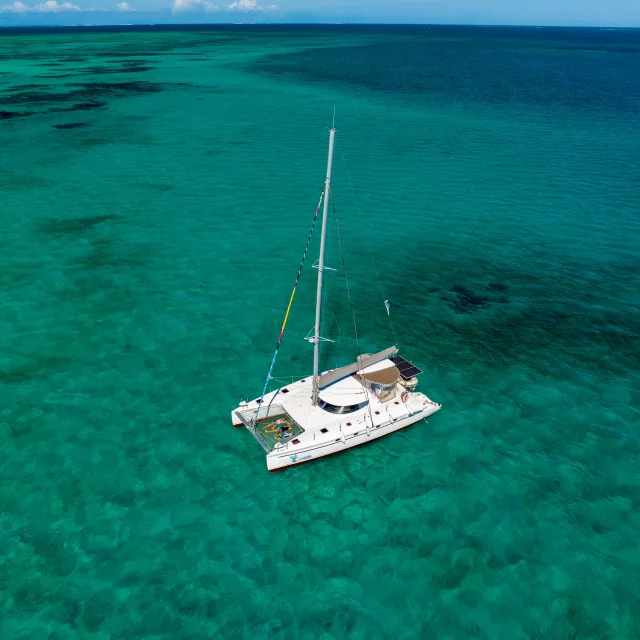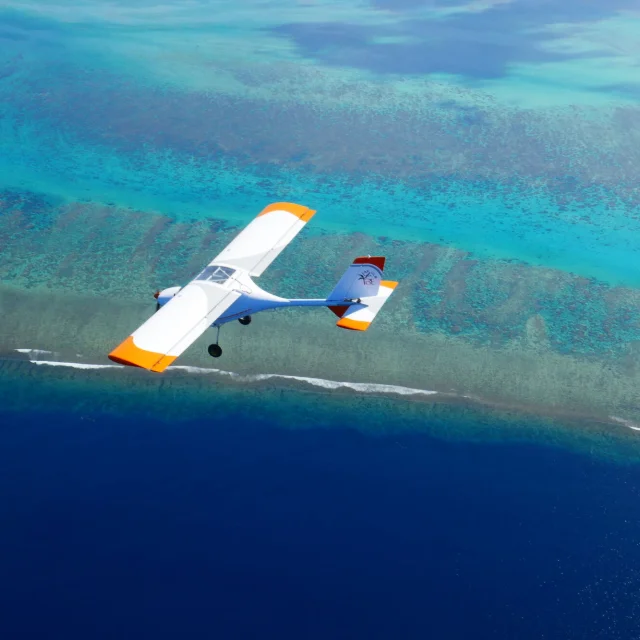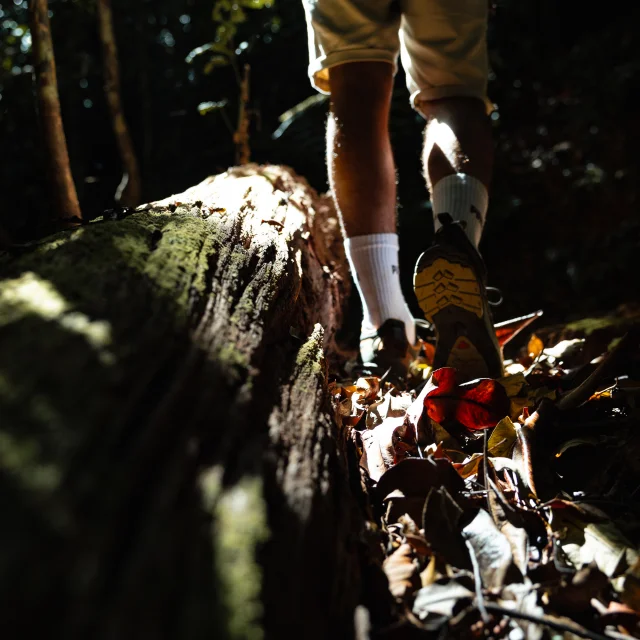New Caledonia’s biodiversity is exceptionally rich. The island boasts no fewer than 183 bird species, 24 of which are endemic species. The birdlife is a delight for nature lovers and birders alike. In the South Province, there are several spots and numerous trails for birdwatching in a natural habitat. Keep your eyes and ears wide open, and you’re likely to cross paths with a kagu, a notou or a green pigeon. Join a guided tour led by a specialist in one of the many great parks in southern New Caledonia. Give your kids an unforgettable memory as they listen out for the sounds of the forest…
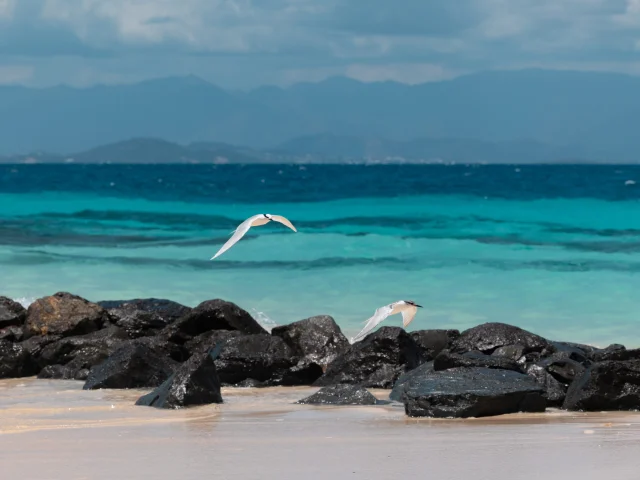 Charlotte 2050
Charlotte 2050










